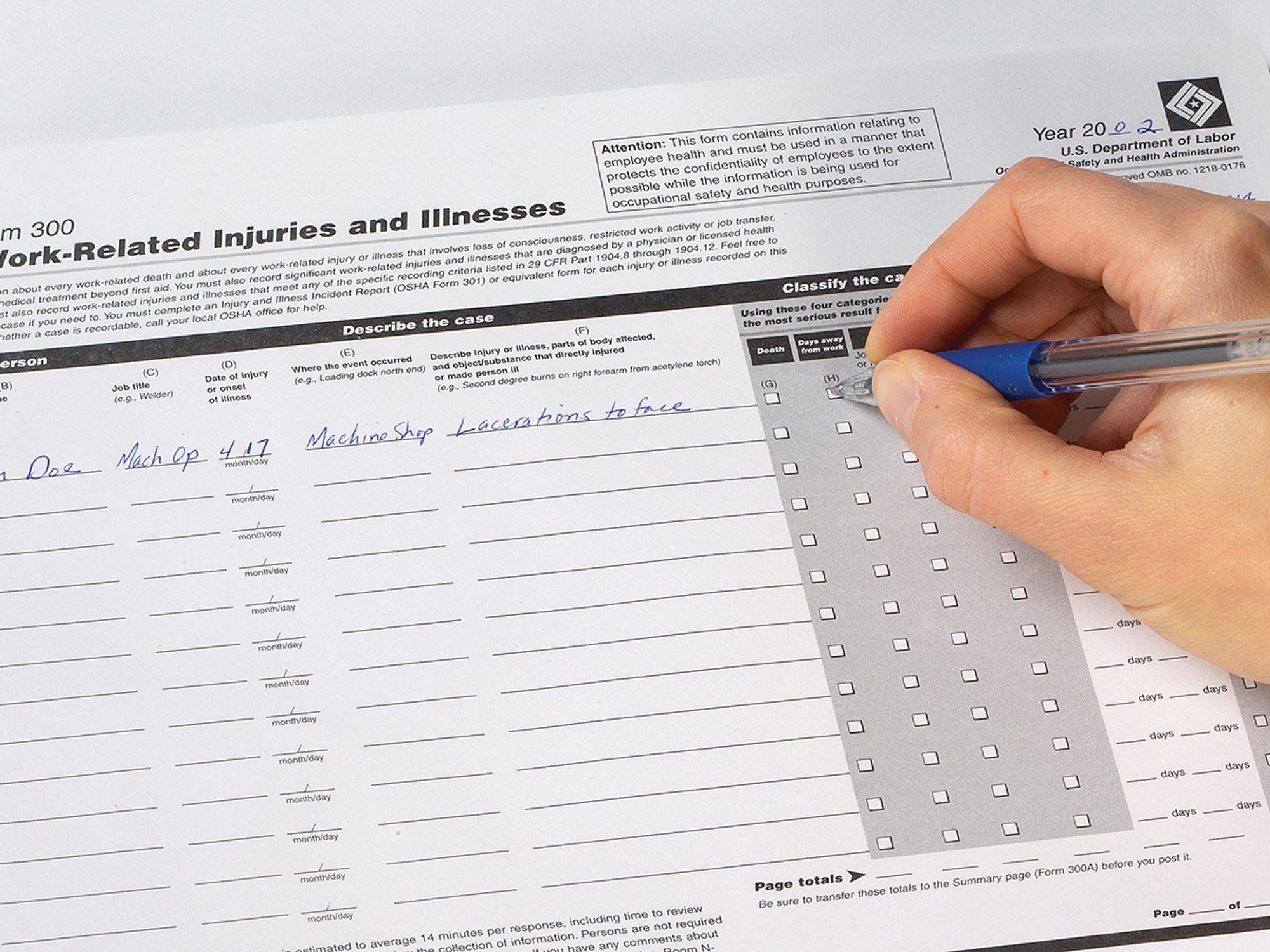Policies and reporting

Your company may already have a written safety policy covering contractor relationships. If this is the case, follow its guidelines whenever you work with a contractor. A written contractor safety policy usually has guidelines to provide a safe working environment; govern host facility relationships with outside contractors; and ensure that contractor employees and host employees are trained to protect them from all potential and existing hazards. Even if you don’t have a formal policy, you should have uniform requirements for contractor safety orientation, coordination, and safety administrative practices.
The host employer must make sure that contractors perform their work safely by:
- Informing the contractor of known potential fire, explosion, or toxic release hazards related to the contractor’s work;
- Explaining the applicable provisions of the emergency action plan to the contractor, and requiring that the contractor disperse that information to all workers who will work at that site;
- Developing and implementing safe work procedures to control contract employee entry into hazardous work areas;
- Maintaining a contract employee injury and illness log;
- Periodically evaluating the contract employer’s fulfillment of responsibilities under this policy; and
- Using only contractors who meet your company’s standards in safety and health.
For reporting, the host employer must designate a representative to coordinate and communicate all safety and health issues with the contractor. The designated representative must have a copy of the contract, be thoroughly familiar with its contents, and with the safety and health aspects of the work, or know who to call to obtain this information.
The host’s designated representative should ensure that all company responsibilities listed below are carried out by:
- Providing a copy of the facility’s written safety policies and procedures to the contractor;
- Informing the contractor of any emergency signals and procedures, including the telephone numbers of the nearest hospital, ambulance service, and fire department;
- Conducting an inspection of the proposed worksite area before the pre-start up meeting so any known information about onsite hazards, particularly non-obvious hazards, are documented and thoroughly communicated to the contractor;
- Working directly with the contractor’s designated representative, with whom all contacts should be made;
- Conducting a pre-start up meeting (walk through) with the contractor’s designated representative and a supervisor from each area of the plant that will be involved in the contractor’s work;
- Reviewing all contract requirements related to safety and health with the contractor’s designated representative, including, but not limited to, rules and procedures, personal protective equipment, and special work permits or work procedures;
- Advising the contractor that the facility safety and health policies must be followed. A copy of the host facility’s safety plans must be furnished to the contractor;
- Informing the contractor’s designated representative of the required response to employee alarms and furnishing the contractor with a demonstration or explanation of the alarms;
- Communicating any safety and health hazards (particularly non-obvious hazards and hazard communication issues). It is the contractor’s responsibility to convey this information to its employees;
- Reviewing worksite preparation procedures before the contractor begins initial work;
- Identifying connect-points for all services, such as steam, gas, water, and electricity. Define any limitations for the use of such services; and
- Ensuring that all affected host employees receive training on all hazards to which they may be exposed during the contractor’s work.
